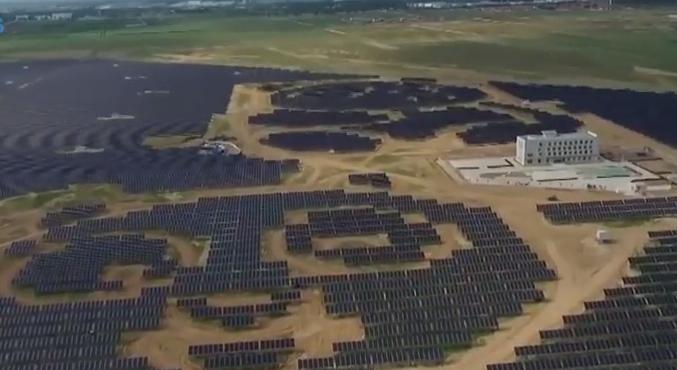
Over the past five years, the Asia Pacific region made up over three-quarters of global power demand growth, and led the world in wind and solar capacity installations.
But 150GW of wind and solar projects across Asia Pacific could now be delayed or cancelled over the next five years if the coronavirus-led recession extends beyond 2020, warned energy research company Wood Mackenzie. This would dash hopes for a swift shift from fossil fuels to renewable energy in the region.
While generation costs of new solar and wind plants across the region have fallen by 54% and 29% respectively in the last five years, in a recession scenario with lower fossil fuel prices, renewables would only become competitive with coal-fired power plants in most of the Asia Pacific beyond 2025, reported Wood Mackenzie.
This is where government support is crucial. China and other key governments have strongly supported renewables with subsidies and preferential policies triggering a massive expansion of projects over the past five years.
But “as the scale of renewables investments grow, governments have begun to lower or cancel subsidies and expose renewables projects to market forces. Given the potential impact of the coronavirus outbreak, governments may need to rethink the timelines for withdrawing support, and the timing of energy transition plans,” said Alex Whitworth, research director at Wood Mackenzie.
The research company’s base case outlook sees the spread of the virus being controlled over the next few months followed by a gradual recovery – there has been a fairly steady recovery in China and Korea in April that could be replicated overseas. But “if countries are forced to end lockdowns before the virus is brought under control due to economic hardship it could have a much longer impact, then governments will be less likely to be able to prop up economic growth and an extended recession becomes much more likely,” Whitworth told Energy Voice.
Indeed, in an extended recession, governments will be overwhelmed with more pressing economic priorities, making it difficult to support the renewables sector with stimulus measures, he added.
Undoubtedly, the collapse in oil and gas prices and fall in coal prices together will undermine support for renewable energy in most countries. Governments will have even less ability to offer direct financial support and renewable energy supply chains have also been disrupted. As a result, the switch from fossil fuels to renewables could be delayed by several years across many countries, Philip Andrews-Speed, senior principal fellow at the Energy Studies Institute at the National University of Singapore told Energy Voice.
So far, renewable energy projects have been most effected in India and China. However, in an extended recession, Whitworth sees a higher risk for India and Southeast Asian markets, as developing countries have less capacity to manage a downturn and rely heavily on foreign equipment and financing.
Nevertheless, “investments in renewables will remain active from an environmental, social and governance perspective,” expects Mana Nakazora of investment bank BNP Paribas. But reduced incentives could slow the trend, since they make it harder for investors to recoup their money.
At the same time, with low or even negative interest rates in some markets, the cost of borrowing for high capital renewable energy projects could prove attractive.
Still, given the weak economic environment, the imperative in developing economies may shift to supply power as cheaply as possible. Replacing dirty fossil fuel power generation with new cleaner renewable technologies with high upfront investment looks far less appealing now than pre-COVID-19.
Indeed, there is speculation that China could start a major stimulus-led investment for an extra 150 GW of new coal-fired power plants. While renewable energy remains an important part of China’s future supply mix, the country needs low cost coal plants to meet demand before the late 2020s when renewable costs will have fallen to levels where they can compete against coal without subsidies, reported Wood Mackenzie.
Prior to the virus outbreak, global investors had been active in Asia Pacific renewables projects, offering developers access to cash at competitive rates of interest. However, if the COVID-19 outbreak evolves into a financial crisis, funding may be harder to secure, leading to reduced competitiveness of renewables, warned Whitworth.
Nevertheless, China remains the largest and most promising market for renewable energy, although it is dominated by Chinese companies. For international players, India, Vietnam, Thailand and other parts of Southeast Asia are promising, as they have low penetration and have limited issues with grid constraints, Whitworth told Energy Voice.
“Japan, Korea, as well as China and Taiwan, are becoming hot areas for offshore wind development. Australia has attracted a lot of interest and investment until last year, but it is now hampered by policy uncertainty and grid constraints,” he added.
Recommended for you
